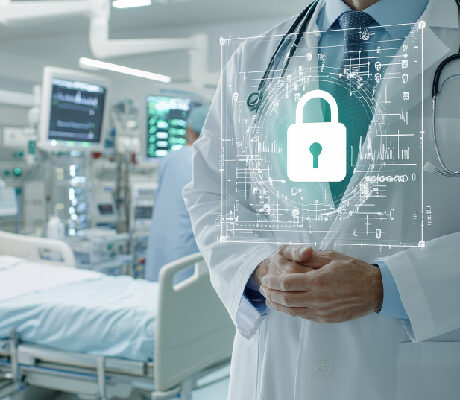The healthcare industry has witnessed a fast-growing trend of connected medical devices that facilitate better patient care, results, and overall business. These devices range from pacemakers to insulin pumps and have become standard in every doctor’s or clinic’s surgery. However, the utility and direct dependence on digital connectivity have escalated the vulnerability to cyber intrusion. These devices cannot be unsecured, and healthcare institutions deal with a large number of patients whose personal information is sensitive. Medical device penetration testing involves a proactive method that ensures that a medical device has simulated attacks conducted on it to allow the hardening of these devices.
What is medical device penetration testing?
Medical device penetration testing is a subcategory of security testing that is aimed at depicting cyberattacks on medical devices. The purpose is to evaluate the state of protection of the device and understand what might be used by attackers as a way to penetrate the system. Also known as ‘Ethical hackers’, penetration testers attempt to generate risks that would cause loss of information, unauthorized access, and control of devices, among other risks, to determine vulnerability on hardware, software, and communication networks.
This testing process covers most layers of a medical device hierarchy—from the specific software to the embedded Wi-Fi connection, network interfaces, and a cloud connection. Proactive healthcare organizations can use a vulnerability scan to determine the device’s security flaws before the threat initiates a cycle of attacks.
Why do organizations care about medical device security?
The most important aspect of healthcare organizations is the preservation of the health of every patient. That could lead to a deadly situation if the functioning of the medical device is compromised due to a cyber attack. Suppose a hacker gets into a cyberattack. Suppose a hacker gets into a pacemaker or insulin pump and changes the program – the stakes here are catastrophically high. In addition to patient safety, organizations must consider the following:
What cyber risks are medical devices facing?
The connectivity of modern medical devices exposes them to a variety of cyber risks, including:
How does penetration testing help to secure medical devices?
A penetration testing process is beneficial in determining the security weaknesses of a medical device. Here’s how it works:
Vulnerability Identification: Pen testers mimic different attacks to determine possible vulnerabilities in the software, the hardware, or the device’s network. This entails probing for insecure passwords, unpatched break-in spots, and even insecure forms of communication.
Risk Assessment: When threats are identified, penetration testers evaluate how critical each is and the risks they pose. This makes it easier for healthcare organizations to identify areas most likely to yield high returns and direct their resources toward these areas.
Compliance Assurance: Medical device penetration testing is employed to ascertain that the devices meet different requirements and standards in the medical field, avoiding enhanced penalties in case they fail to meet those standards.
Remediation Guidance: In addition to pointing out risks, penetration testers help organizations explain how they can close these gaps. This might include applying firmware updates, modifying software, or increasing device encryption.

Key benefits of medical device penetration testing
The final stage is to list the vulnerabilities we identified and offer solutions. The report provides a risk ranking based on severity and detailed suggestions on securing the API. This aids the development team in locking down the API and taking on challenging issues.
Regulatory compliance and medical device security

Security concerns for medical devices in the healthcare organization are a do-it-yourself regulatory challenge. Key regulations emphasize the importance of securing medical devices:
- HIPAA (Health Insurance Portability and Accountability Act): HIPAA mandates that any healthcare organization that stores and transmits patient information must protect that data from unauthorized access and alteration and must maintain ready access to that information. These apply to human-use medical appliances that capture, share, or process patient data.
- FDA (Food and Drug Administration): The FDA has recommendations concerning medical device cybersecurity and advises that companies consider security when creating medical devices. This means that penetration testing can help ensure that devices conform to these guidelines on cybersecurity.
- MDR (Medical Device Regulation – EU): Another requirement specified by MDR is that to be safe, a medical device has to be designed and manufactured in a way that its security or lack thereof regarding potential software weaknesses cannot be ignored.
Thus, penetration testing can assist organizations in meeting such requirements by identifying poor gaps and ensuring that they have tried their best to protect devices.
Conclusion
The use of medical devices has made a significant contribution to the enhancement of health care and increased quality of life of patients. Yet, as they connect, they become vulnerable to various cyber threats in their activity. Penetration testing is a critical tool in the periodic protection of healthcare facilities’ medical devices to safeguard patients, secure the data, and meet regulatory requirements. Regarding emerging cyber threats, it is not mere advice but imperative to incorporate medical device penetration testing.
Just like any other precious organization asset, medical device penetration testing is one way that can enable healthcare organizations to protect both their operations and patient lives.





